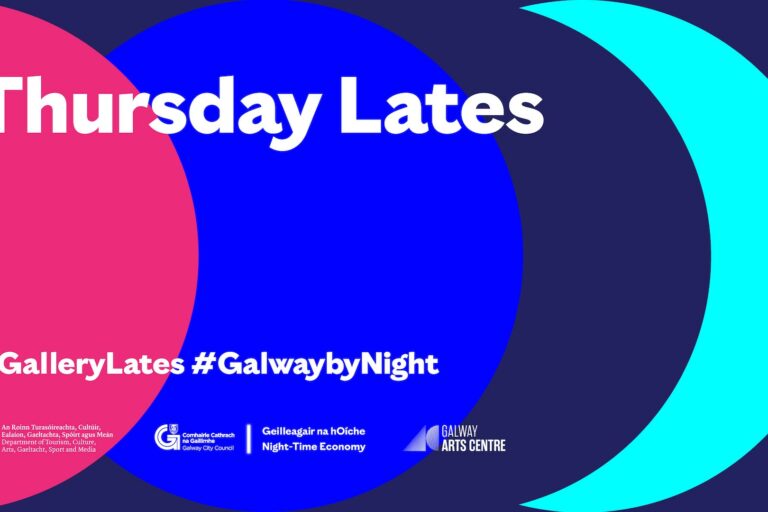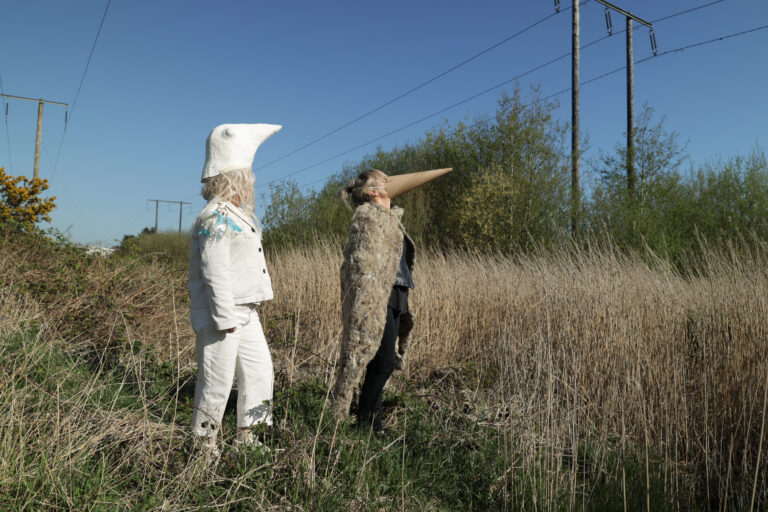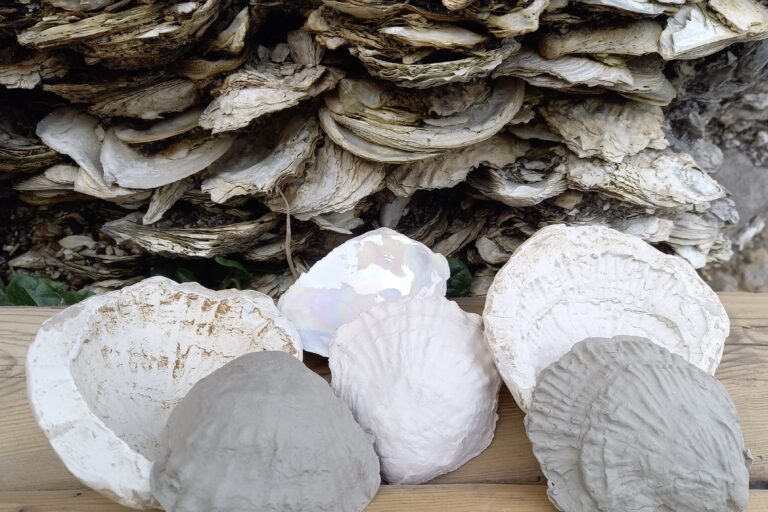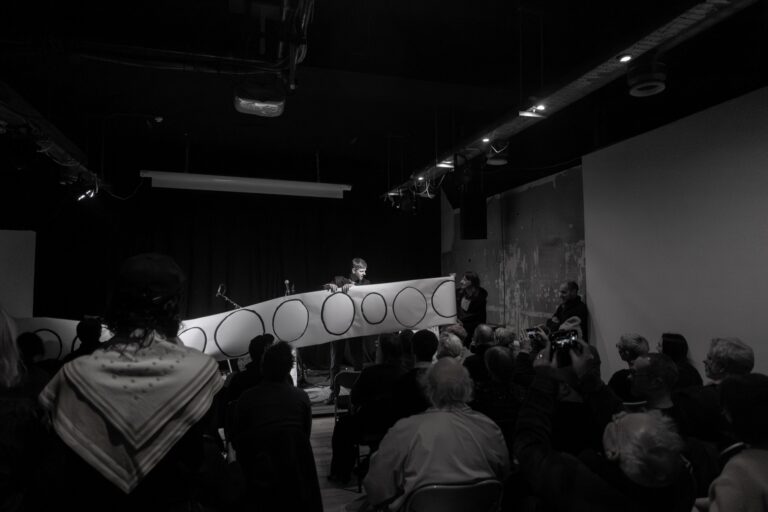Event Details
Dates
07/10/2010 – 07/10/2010
‘INSCAPE’
Galway Arts Centre is delighted to present ‘Inscape’, a group show, featuring artists Christine Mackey, Marielle MacLeman, Julie Merriman and Ann Quinn.
The show opens at 6pm on Thursday 7th October and runs until Saturday 30th October 2010.
This exhibition explores our relationship to place and through their own visual language, each artist communicates their connection to landscape – real, remembered and imagined. Through drawing and painting, the artists bring back to life or transform the workings of the imagination, the emotional landscape, the physical world and the intricacies of personal memory. All forms of mark-making are used to communicate information, to make the unseen, visible. Through these engaging works, the viewer is led to reflect on their own relationship to place and where they situate themselves within it.
CHRISTINE MACKEY
Christine Mackey’s drawing installation ‘Intimate Formations’ initiates a playful approach to drawing and an invitation see and experience the world around us on a micro, social and spatial level of engagement. This work was initially inspired by John Millar’s essay on ‘Drawings That Question Diagrams’. Reappropriated botanical images are drawn repeatedly by hand and layered in order to give new meaning. Through the act of drawing, knowledge and discovery is communicated to the viewer. Part of this work is hung like a mobile throughout the gallery. In response to atmospheric conditions the drawings move from a static form to a dynamic movement rotating gently on its axis.
MARIELLE MACLEMAN
Marielle MacLemans practice is broadly concerned with interpretation and the reinvention of narratives with ambiguous or conflicting meaning. She does this through the use of appropriation. Her inspiration has previously been drawn from Renaissance painting, national costume and a recurring use of maps, architectural features and ornamentation. She is specifically interested in sites and subjects with lost or changing roles and recording the folklore or historical significance of those who used them.
Her current studio practice takes inspiration from European pleasure gardens, from the Renaissance to Rococo, exploring notions of mans assertion over the landscape in pursuit of the Arcadian ideal or as a declaration of power.
This body of work includes the recreation of the Italian gardens ‘Poggio Reale’, once one of the most revered Renaissance gardens and the Mannerist garden ‘Sacro Bosco’, created by Francesco Vicino Orsini and rediscovered in 1949 by Salvador Dali.
Her process includes traditional fine art techniques and the use of basic office stationary. From various sources, she composes a lay-out and then builds the image through a stamping process to recreate the original intrigue and fantasy of these long-gone enchanting gardens.
JULIE MERRIMAN
The practice of drawing and the vocabulary, meaning and history of mark-making are central to Julie Merrimans work. As a medium, drawing is used by many professions; architects, engineers, scientists, cartographers, mathematicians. It is a way of making all manner of information visible.
She is interested in the drawing methodologies of other professions and in how they use drawing to describe structure, place, concept and theory, each within the parameters of their own visual language. Their drawings have a function; its purpose is to impart specific information. She is interested in how this information might be perceived if its functionality is interrupted.
ANN QUINN
Ann Quinn’s paintings primarily deal with negative space, mainly in the form of sky. She sees this as a result of growing up at the edge of a valley in East Donegal, where one could see rolling hills as far as the eye could see towards North and West Donegal.
Travelling and artist residencies are an integral part of her practice. Everything that she paints is from time spent in different places, whether it is her childhood home, an artist residency or travel abroad.
Photography forms an important part of her work practice, using it as a starting point. However she leaves the image behind in an attempt to produce an otherworldly place through imagination and the chance accidents of different painting mediums. In her current body of work, signs of human life are tentatively making an appearance.
Much of her work is inspired by the power of the written word, whether it is literature, poetry, lyrics or overheard conversation.






